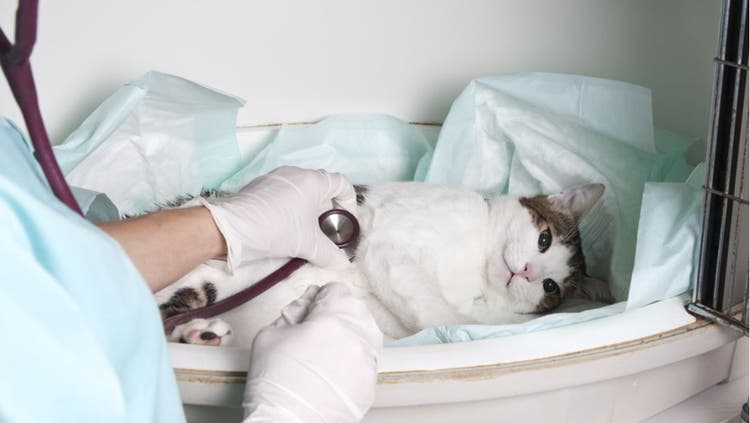
10 Tips for Pet Emergency Room Visits
Taking your pet to the emergency room can be a very scary process, but here are some tips that can help make it less stressful for you and your furry friend.
- Be patient and expect a wait. Similar to human emergency rooms, a wait is to be expected, and calling ahead to see if the ER is busy isn’t reliable. Wait times can quickly change, especially based on the amount of critical patients staff is attending to, so it’s best to come prepared for at least a 1.5 to 2-hour visit. Always bring material to read or work on while waiting, and supplies to entertain children if necessary. Be sure to ask the receptionist how long the anticipated wait is, so that you can get an idea of the duration of your visit.
- Be honest. If your pet ate something potentially hazardous, hospital staff needs to know. It’s perfectly normal for dogs and cats to eat random items, and medical staff can sympathize. It is in your pet’s best interest for staff to know exactly what they got into, as this can direct treatment immediately and not waste time on guessing and speculation. Even if it happens to be an illegal substance, it’s always best to disclose all known information.
- Be prepared. Bring pertinent medical information with you. The hospital does not have access to your primary veterinarian’s records. If you have paperwork from recent blood work, radiographs, or medications, it can be extremely helpful.
- Anticipate costs. Emergency veterinary care tends to be expensive for a number of reasons. First and foremost are overhead costs, since hospitals are always open, and have to be fully operational for the busiest and slowest days. Staff members are also highly trained to help with any pet emergency, and that level of expertise comes at a high price. Luckily, all emergency clinics will tell you how much an office visit costs if you call in advance. This includes being triaged by a veterinary technician or nurse, physical exam by a veterinarian, and a discussion of suspected illness, diagnostic, and treatment options. Ask for an estimate of costs before agreeing to any diagnostic treatments. Be open with the veterinarian if you have financial constraints, and they will modify options and treatment based on your budget. There are also financial options that can help during ER visits, such as care credit or scratch pay. However, most ER clinics will not bill for treatment or procedures, but it’s best to ask, since this differs from clinic to clinic.
- Call Ahead! If your pet is very sick, always call ahead. Let staff know that your pet got hit by a car (for example), so that they can be on the lookout and prepared to treat a wounded animal. If you can’t get your pet out of the car or need help carrying them into the clinic, call to ensure that a gurney is waiting for your arrival.
- Be safe. Always put collars and leashes on dogs and put cats and small dogs in carriers before ER visits. Waiting rooms are often full of other animals and can be quite chaotic. Having a dog or cat escape in the waiting room or in transport to the hospital is a big risk and should be avoided at all costs.
- Be respectful! Hospital visits are extremely stressful and people can lose their tempers. Yelling at or threatening veterinarians and care staff is inappropriate and may negatively affect your pet’s ability to be treated. Screaming and yelling at a doctor treating a child would be in poor taste. Please show the same respect to the medical professionals at a veterinary hospital.
- Get pet insurance. One of the major reasons to get pet insurance is the financial peace of mind it provides during an ER visit. When shopping for plans, make sure that you have answers to the following questions before selecting a policy:
- Is there a limit/maximum dollar amount on the policy?
- Do you pay for each claim up front and get reimbursed or does your insurance company pay the hospital directly?
- Is pre-approval needed?
- Be proactive. If your pet has been sick for an extended period of time (all day or multiple days), do not wait until their condition gets worse before seeking care. The sicker they are, the more intensive the treatment option and, in some cases, their illnesses may be irreversible due to delaying treatment. A good rule of thumb is to treat your pet like you would a human child, seeking ER or urgent care if they are vomiting and/or not drinking and eating for days.
- Make sure your pet’s condition is urgent. Only go to the emergency room for illnesses that are truly emergencies. If your pet has had a lump for the past couple of months, but today you decide to get it checked out, this is not an emergency and unfortunately can slow down the process of treating other ailing patients. This is a case that should be seen by your veterinarian during daytime hours. Emergency room staff members are not general practitioners that work late hours, but highly-trained emergency veterinarians, working to save lives.